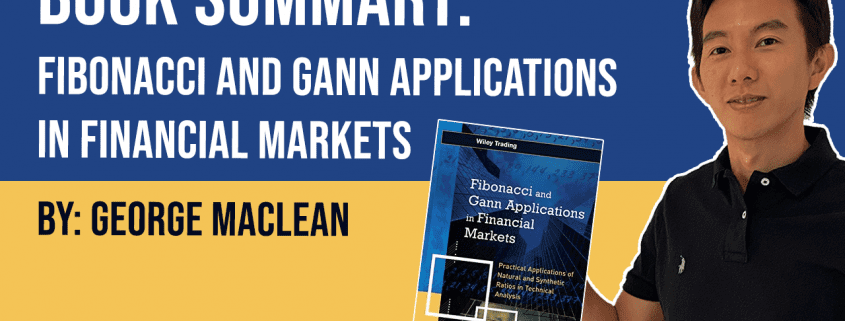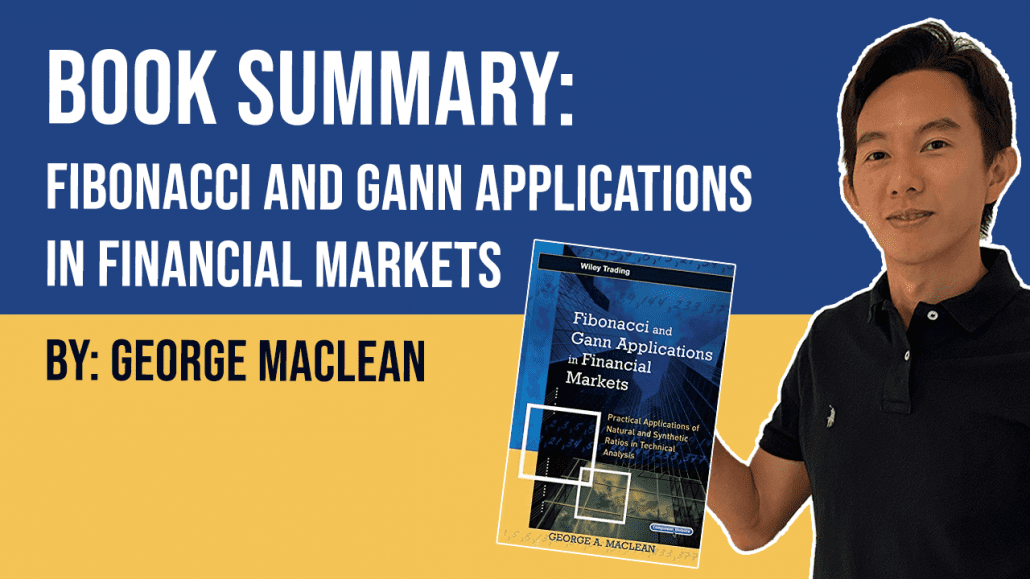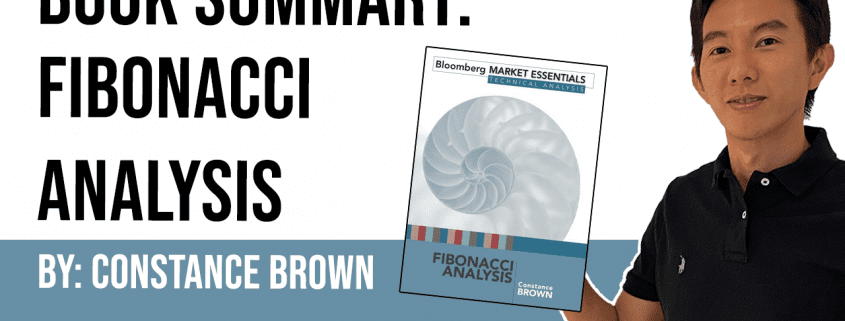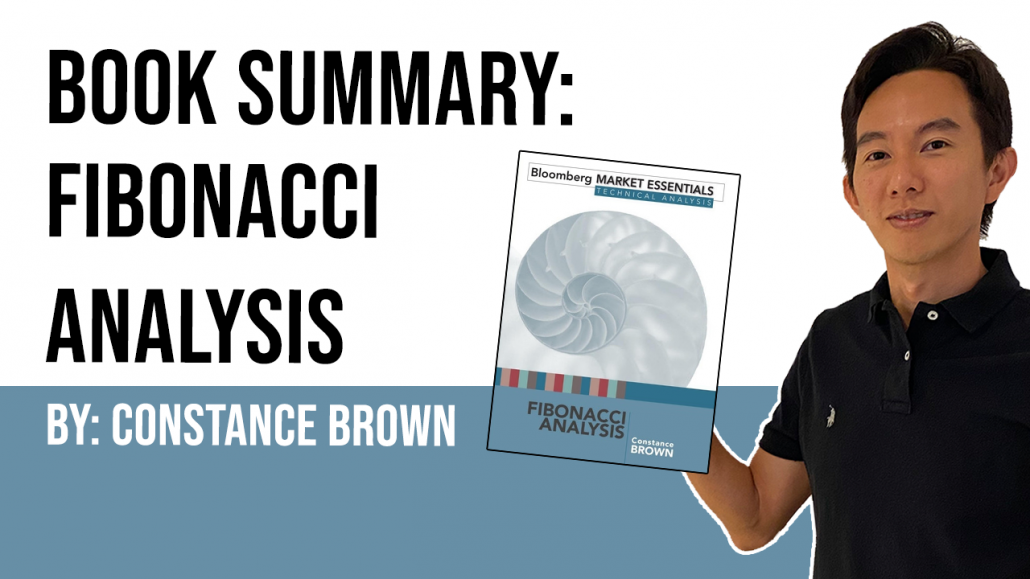“Forex Price Action Scalping” by Bob Volman is a comprehensive guide to the field of professional scalping in the foreign exchange market.
The book provides an in-depth look into the techniques and strategies used by professional scalpers, as well as the mindset and discipline required to be successful in this high-pressure and fast-paced trading environment.
In this blog post, I will share all about this book and the author, key ideas from the book, and how you can apply it to your own trading & investing journey.
Table of Contents
About the Author
Bob Volman is a professional trader with over 20 years of experience in the Forex market.
He is a recognized expert in the field of price action trading, and his books and educational materials are highly respected by traders and investors around the world.
What is the Book About?
The book covers a wide range of topics, from the basics of scalping and price action trading to advanced strategies and techniques for managing risk and maximizing profits.
The main message of the book is that scalping is a highly profitable but also highly challenging form of trading that requires a specific set of skills, knowledge, and mindset.
10 Key Ideas from the Book
- Understanding market structure and price action is crucial to successful scalping. This includes identifying trends, support and resistance levels, and chart patterns.
- Technical indicators such as moving averages and stochastics can be used in conjunction with price action analysis to identify entry and exit points.
- Discipline and risk management are essential to successful scalping. This includes setting stop-loss orders and limiting the amount of capital at risk on each trade.
- The psychological and emotional aspects of scalping can be challenging. Traders must learn to control their emotions and maintain discipline in order to be successful.
- The use of leverage can greatly increase potential profits, but it also increases risk. Traders must be aware of the potential dangers of using too much leverage and use it with caution.
- Scalping requires a high degree of focus and attention to detail. Traders must be able to quickly analyze charts and make decisions in real-time.
- To be successful, scalpers must be able to identify and trade specific chart patterns and price action setups.
- It is important to develop a robust trading plan that includes risk management strategies and a plan for managing losses.
- Traders must practice discipline and emotional control while trading. This includes sticking to a trading plan and avoiding impulsive decisions.
- Continuously learn and adapt to market conditions.
10 Ways to Apply the Teachings
- Use the information provided to identify and trade specific chart patterns and price action setups.
- Implement risk management strategies such as using stop-loss orders and position sizing.
- Develop a trading plan and stick to it.
- Practice discipline and emotional control while trading.
- Continuously learn and adapt to market conditions.
- Use technical indicators in conjunction with price action analysis to identify entry and exit points.
- Set stop-loss orders and limit the amount of capital at risk on each trade.
- Identify trends, support and resistance levels, and chart patterns.
- Use leverage with caution and be aware of the potential dangers.
- Be able to quickly analyze charts and make decisions in real-time.
Other Important Points from the Book
- The importance of backtesting and developing a robust trading plan, as well as the need for a large amount of capital to make scalping a viable trading strategy.
- Scalping requires a large amount of capital to be able to take advantage of small price movements, and traders should be aware that the potential for profits is also matched by the potential for losses.
- Additionally, scalping is not suitable for those traders who are not comfortable with high-pressure and fast-paced trading.
Concluding Thoughts
In conclusion, “Forex Price Action Scalping” is an excellent resource for anyone interested in learning about professional scalping in the Forex market.
The book provides a detailed and in-depth look into the techniques and strategies used by professional scalpers, as well as the mindset and discipline required to be successful.
It is highly recommended for traders and investors who are looking for a comprehensive guide to the field of scalping. The book is suitable for both beginner and intermediate traders with some knowledge of the forex market.
It is also recommended for traders who are looking to gain more knowledge on how to read the price action in the market.
Now that I have covered all the key learning points of this book, would you consider adding it to your reading list?
For those who have already read it, what are some of your key learning points?
Let me know in the comments below!

If you would like to find more book summaries and recommendations, also check out: “Best Investing & Trading Books of All Time”











